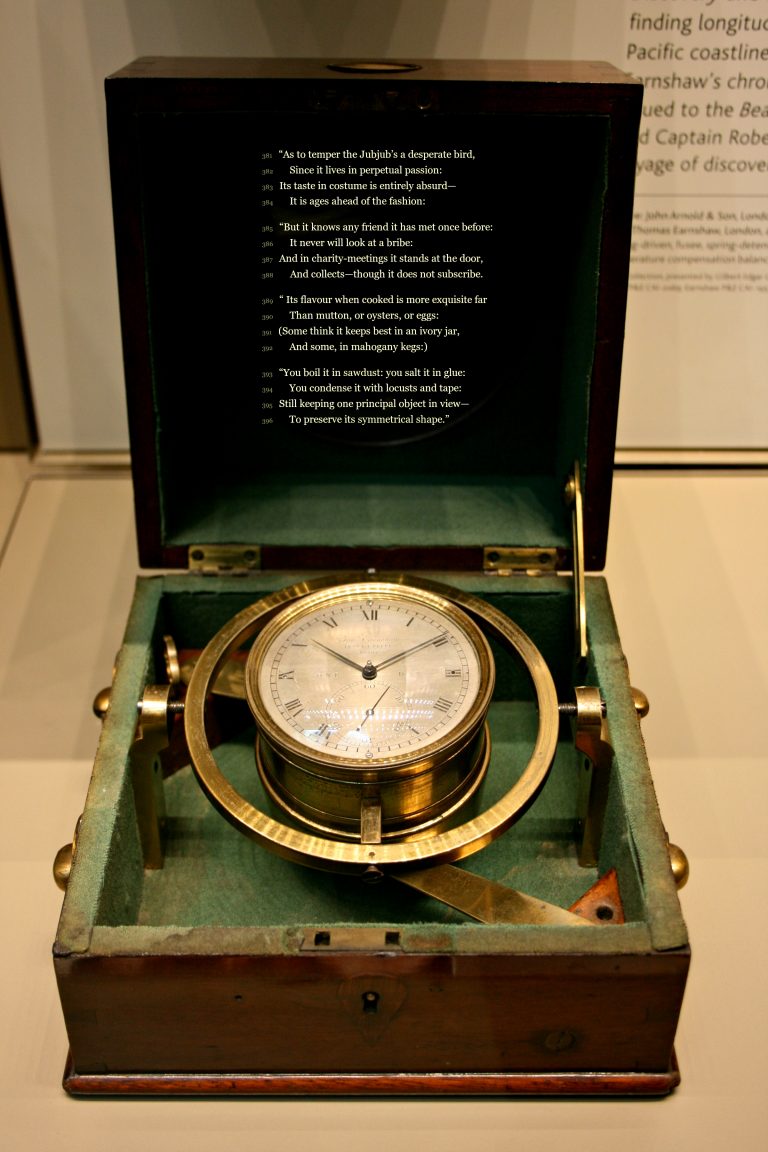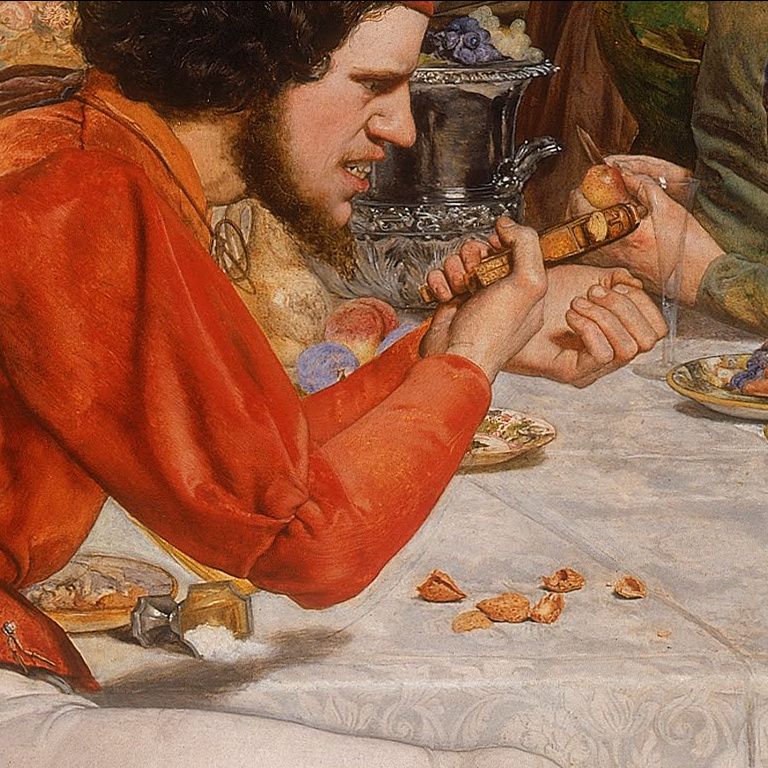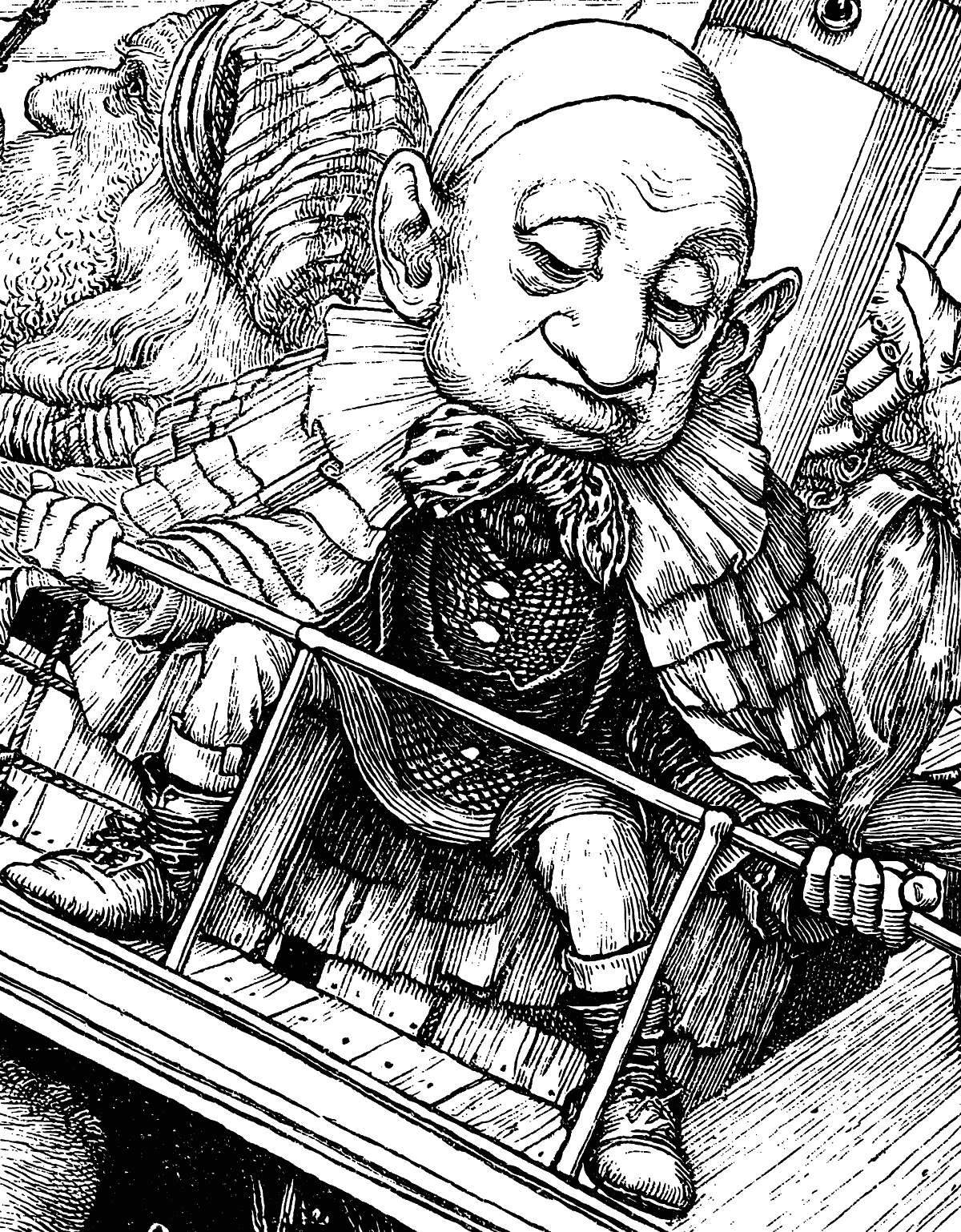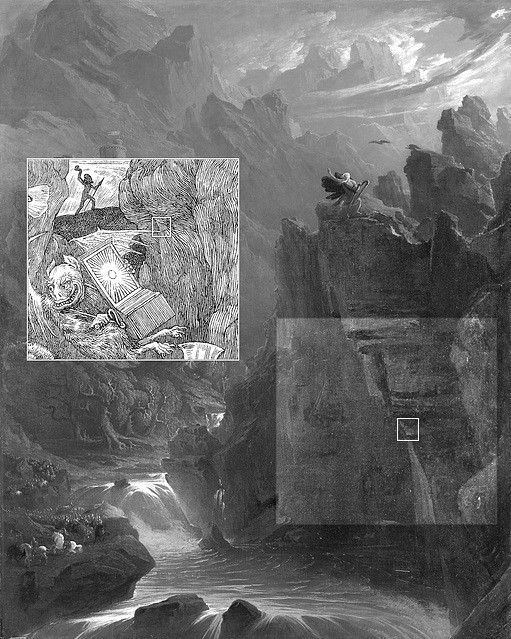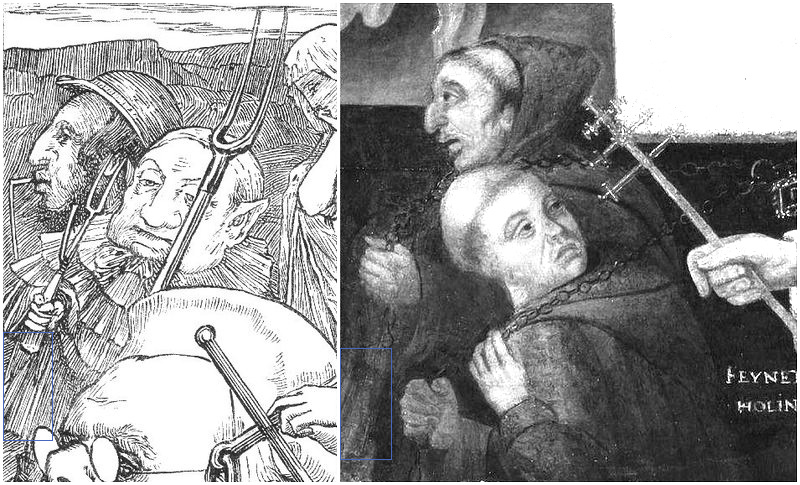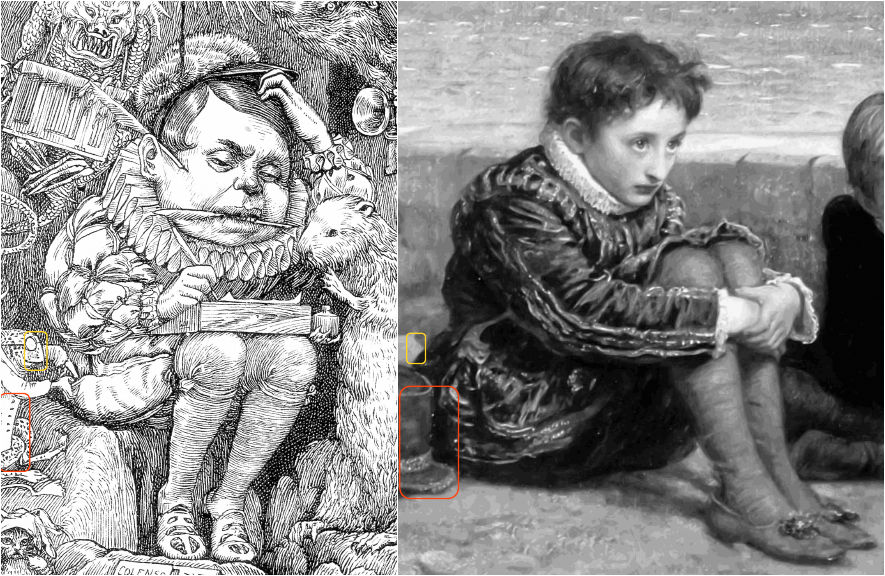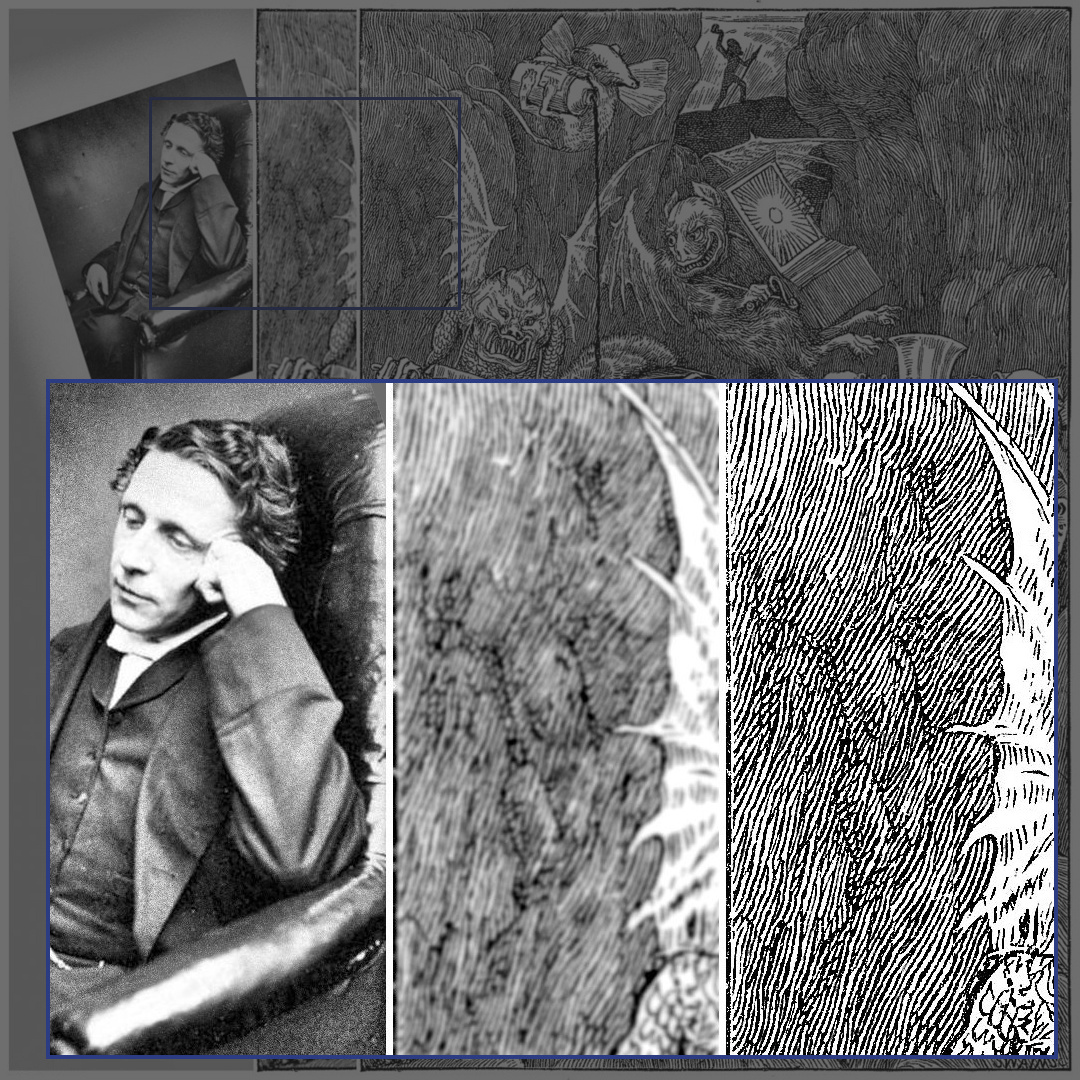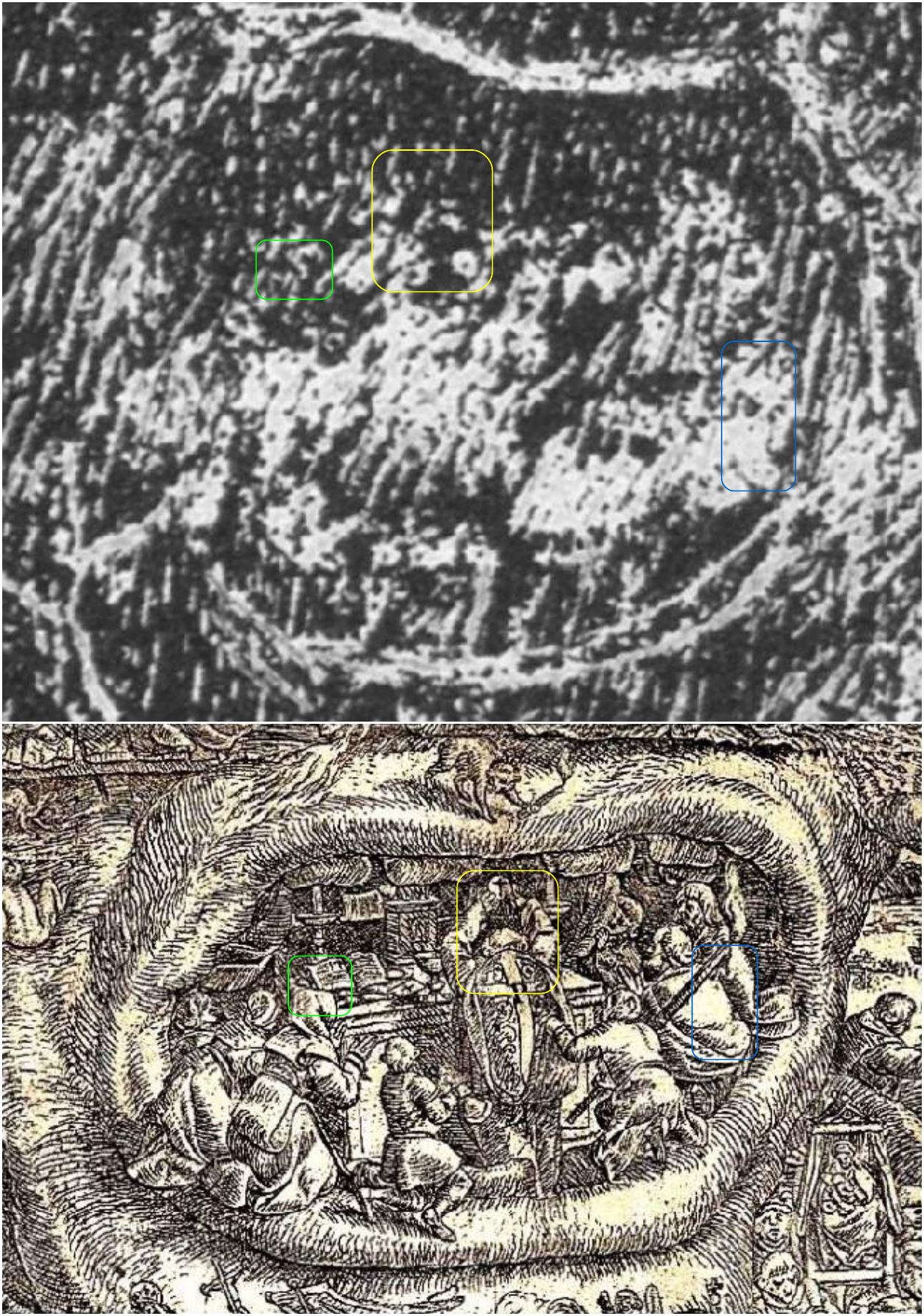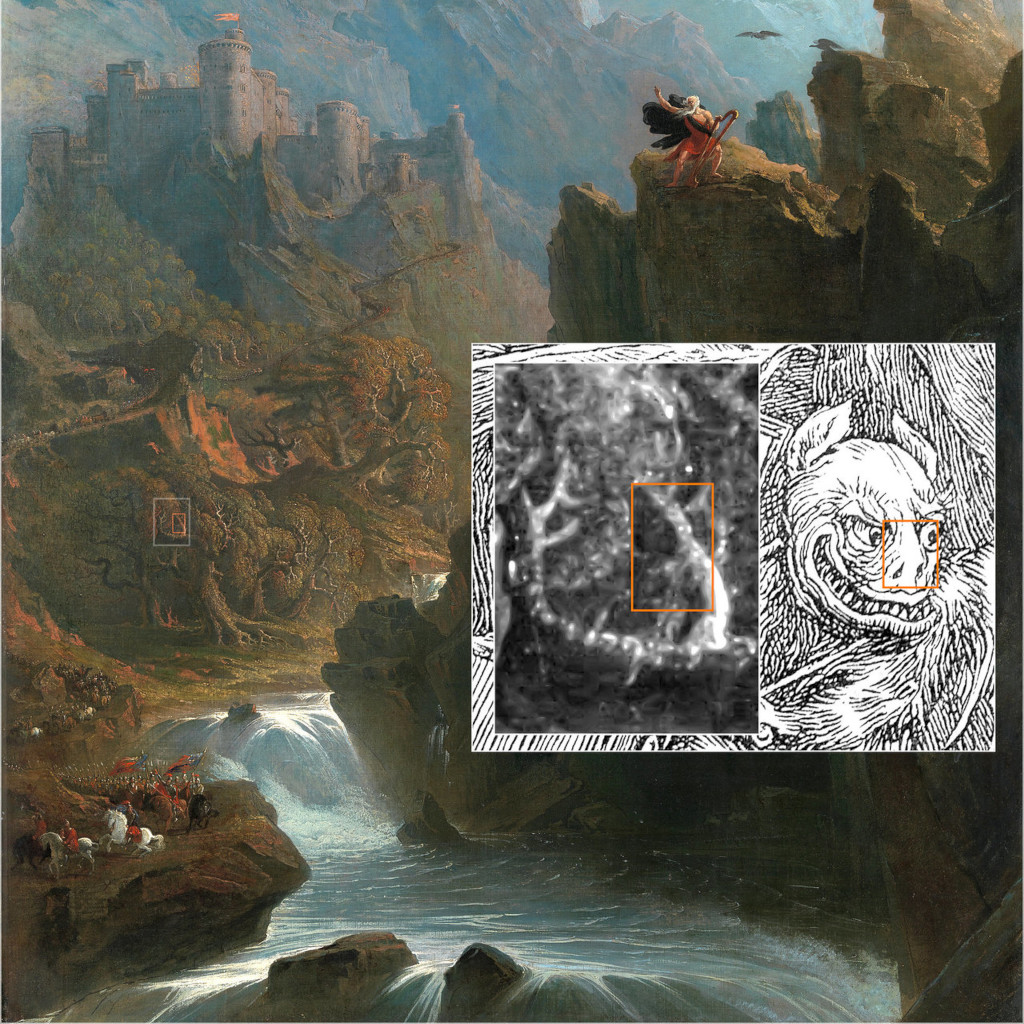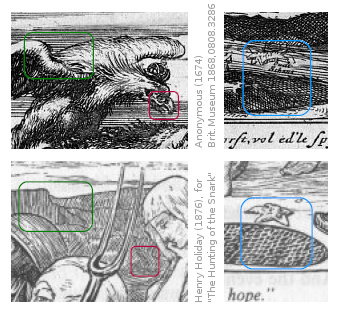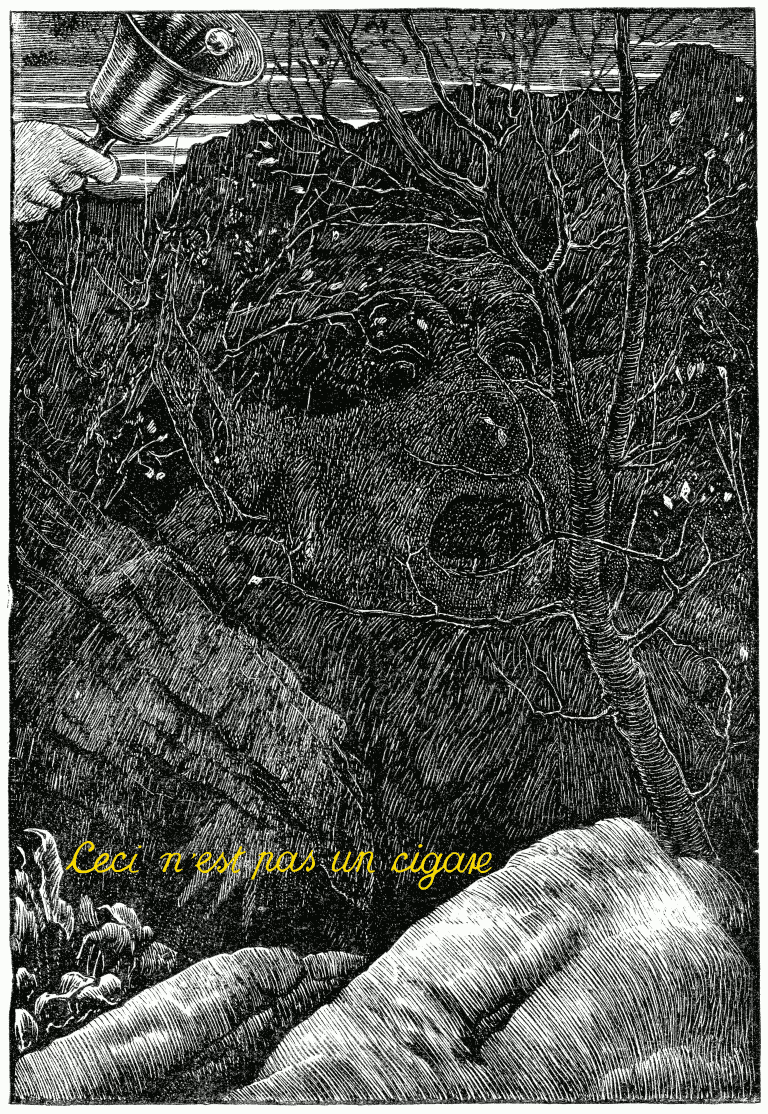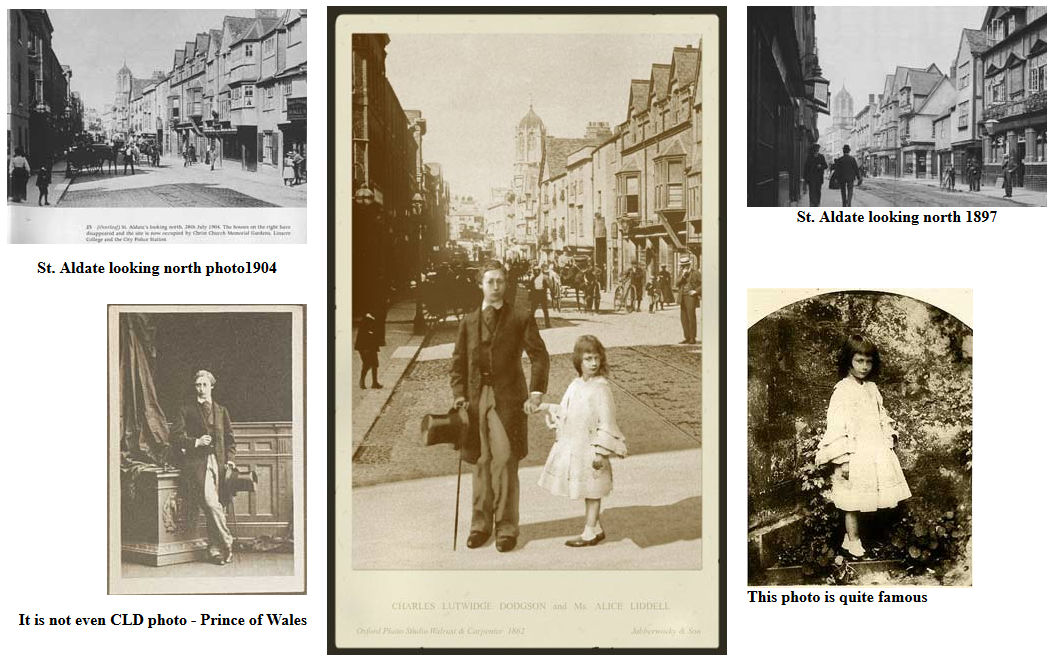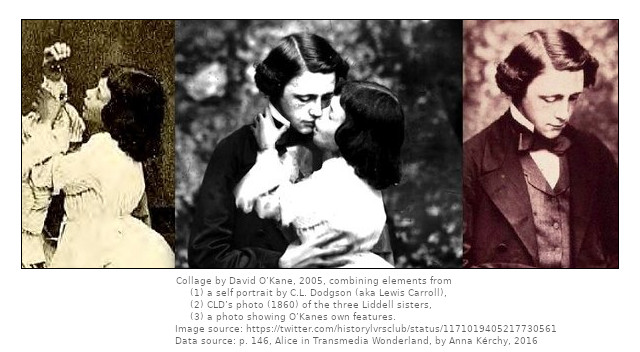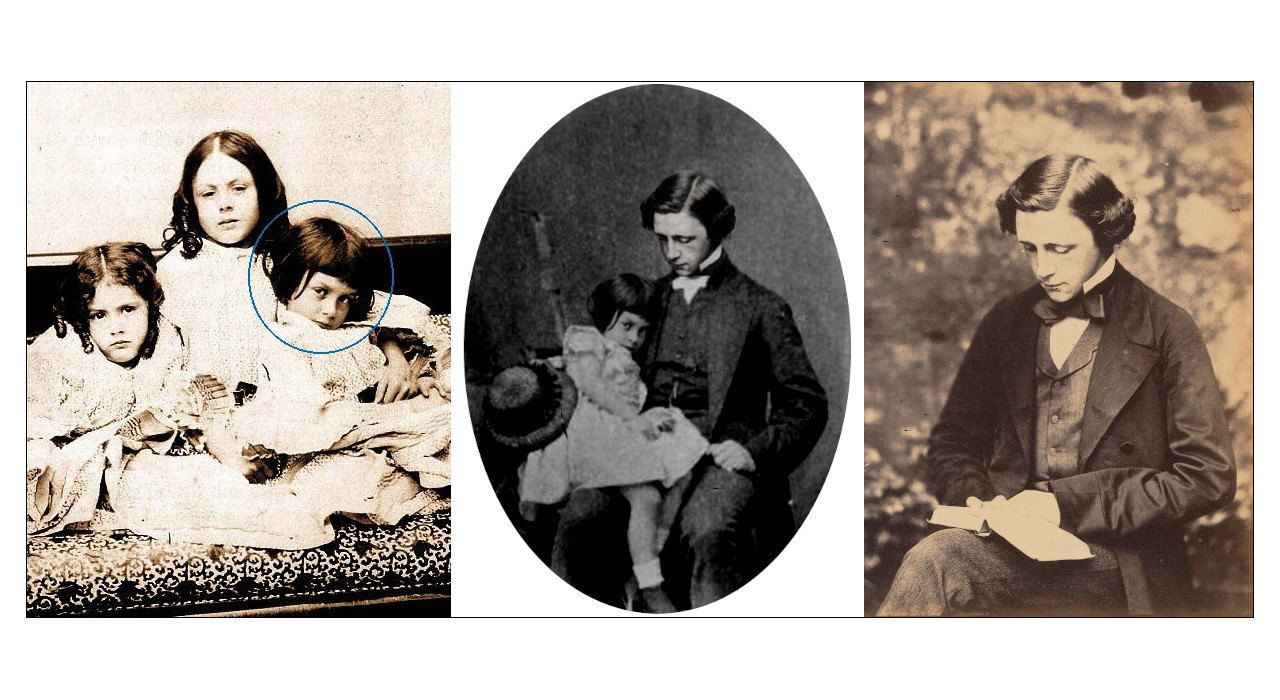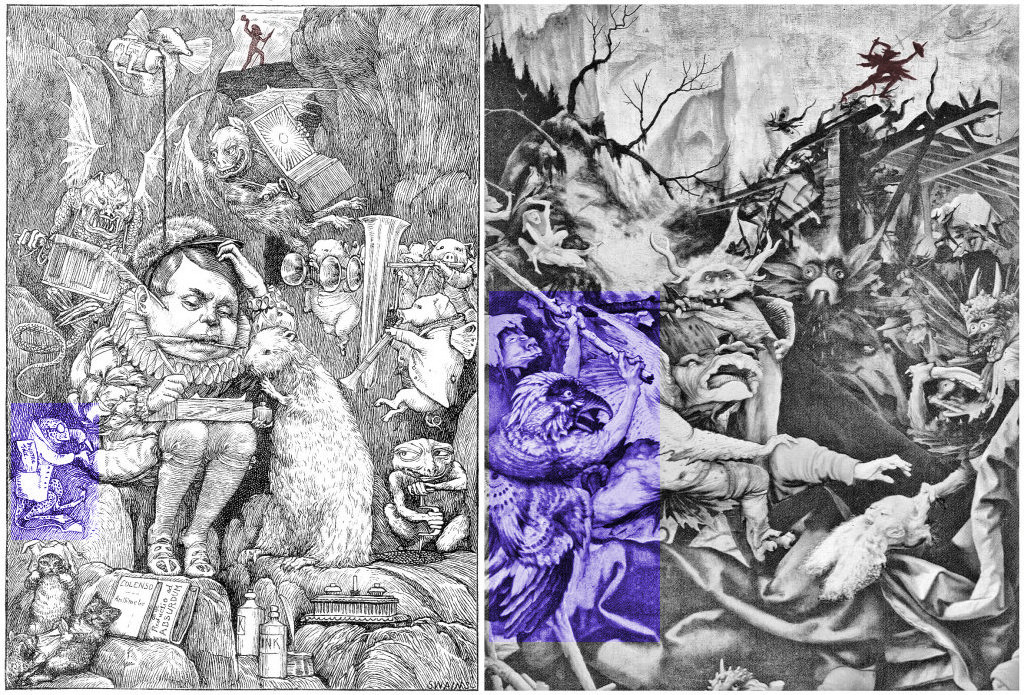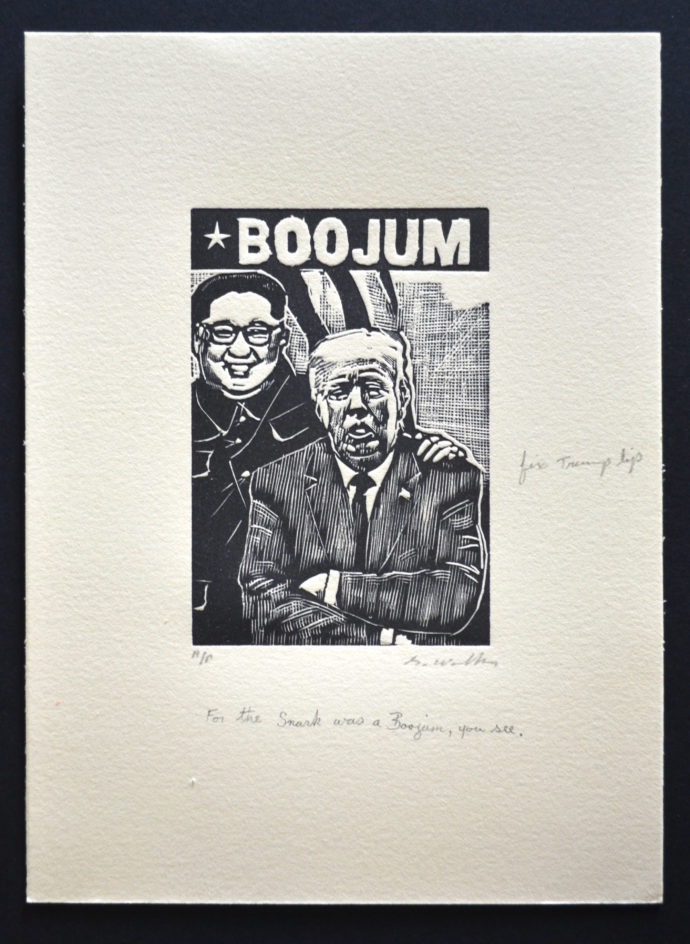À propos du Dernière sortie pour wonderland par Ghislain Gilberti :
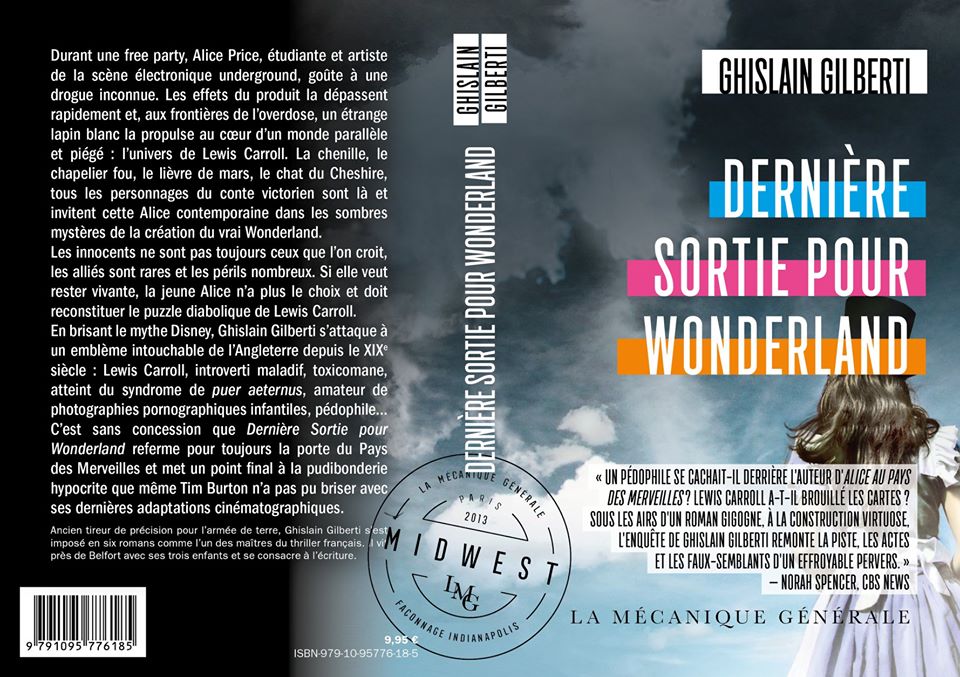
Paroles d’un mégalomane: « C’est sans concession que Dernière Sortie pour Wonderland referme pour toujours la porte du Pays des Merveilles et met un point final à la pudibonderie hypocrite que même Tim Burton n’a pas pu briser avec ses dernières adaptations cinématographiques. » Hypocrite ? Ne pourrait-il pas être simplement que Burton ne considère pas les preuves existantes suffisantes pour des jugements moraux ?
Le roman est présenté comme une analyse révélant le « vrai visage » de Carroll. Le sujet nécessite une recherche minutieuse, vérifiable et discutable (sur la base de preuves) et une présentation scientifiquement propre. Mais ce livre a reçu la forme du roman « ré-écrit ». Il s’agit d’une tentative d’échapper aux critiques.
Blog Tea Time in Bloomsbury (2017-10-20) :
[…] Bon, maintenant que vous et moi avons une vision plus honnête de ce pavé de 500 pages, est-ce que ça vaut le coup de le lire ?
Oui, parce que c’est une adaptation fascinante et bien écrite. Vous ne vous rendrez pas compte que vous lisez un pavé (sauf au poids). Vous rentrerez dans un monde plein de couleurs (même si parfois, il y a un peu trop d’hémoglobine, un peu comme dans une série B ou un Tarantino), un univers connu qui continue à alimenter votre curiosité. Néanmoins, plus vous avancerez dans le livre et moins vous aurez envie de lire les passages dits parasites. Ces passages sont des traversées dans le temps pour une Alice adulte du futur qui voit des scènes de vie glauques/puantes de Lewis Carroll imaginée par l’auteur. Plus vous avancerez et plus ces passages deviennent puants, borderline de la fiction érotique pour pédophile.
[…]
Non […]
Dernière Sortie pour Wonderland fait croire aux lecteurs qui ne comprennent pas les exigences d’une analyse qu’ils comprennent Carroll après avoir lu le livre. Que Gilberti, de l’avis de ses admirateurs, est un excellent écrivain ne fait qu’empirer les choses. Cependant, ce que le roman réalise, c’est qu’il rend les fantasmes de l’auteur plus clairs que les fantasmes de Carroll. Gilberti est un maître de l’écriture de fiction : Il pourrait également réécrire les instructions d’utilisation d’une machine à laver comme un roman adapté fascinant sur les appareils électroménagers pervers.
(1) Pages 463~485 : Une sélection (par Séverine Clément, auteur de matériel) de plus de 80 photos en noir et blanc sans spécification suffisamment précise des sources. Au moins pour une photo (en haut à gauche à la page 485) ne fait pas partie de la collection de Carroll. Les commentaires de Clément en disent plus sur sa propre imagination que sur les intentions de Dodgson/Carroll.
(2) Qui est Norah Spencer (ou Nora Spencer, CBS) ? J’ai posé cette question à Gilbert sur Facebook. Mais après cela, il a supprimé cet article Facebook.
(3) Facebook: [1] [2] [3] [4]
(4) Babelio
There seems to be more “imaginative” fiction: the “novel” O fotógrafo e a rapariga by Mario Cláudio, 2015
2019-12-09, update: 2019-12-29

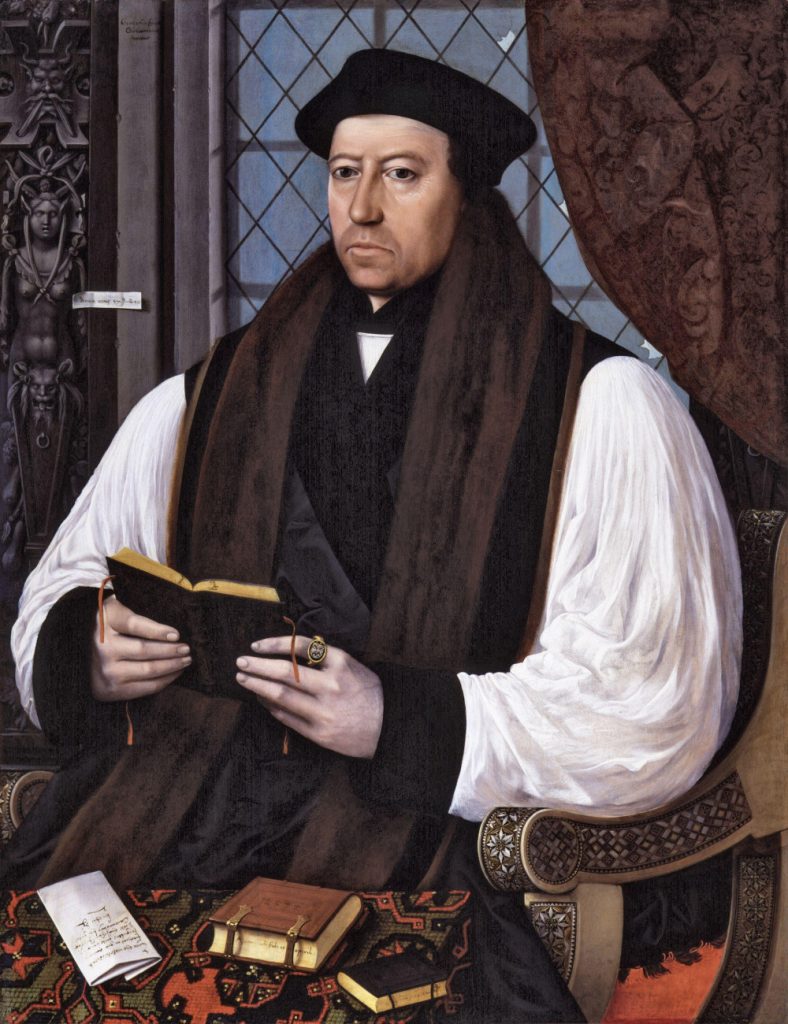 The Baker says:
The Baker says: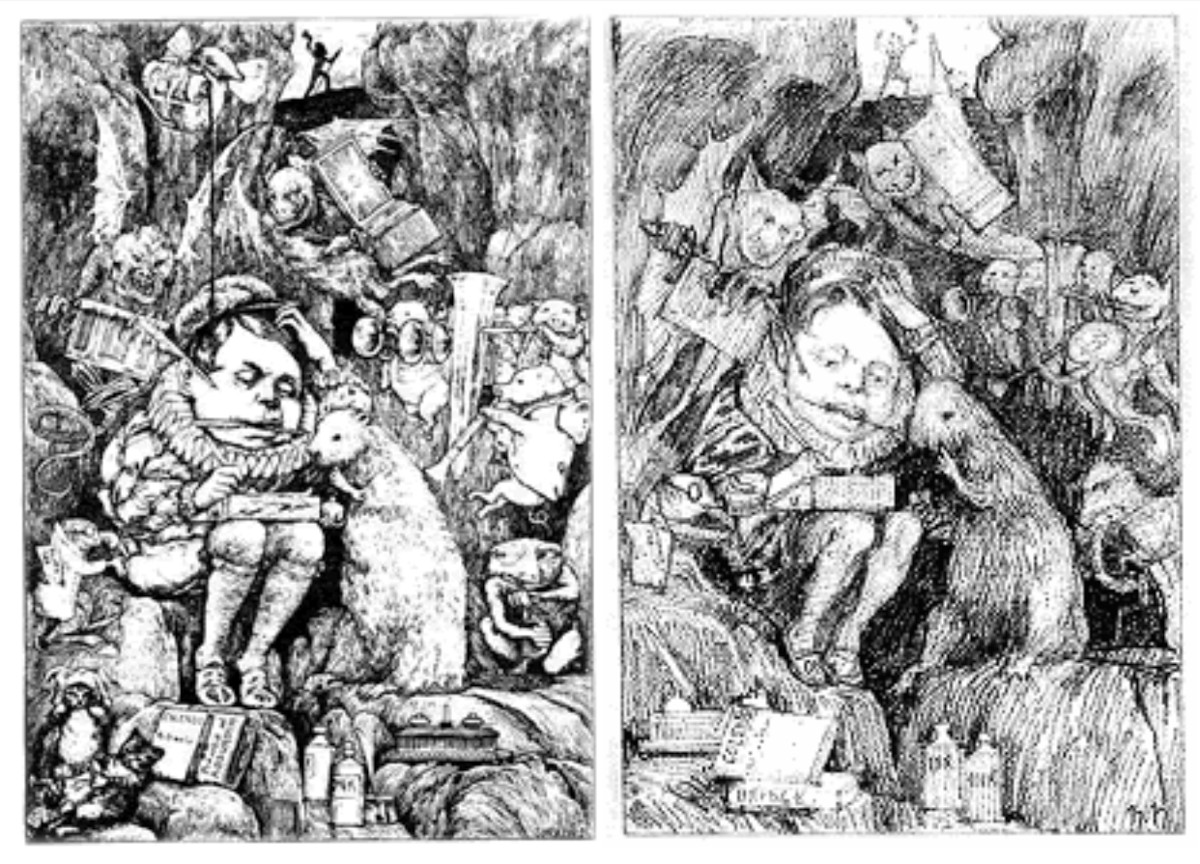 holiday in Bavaria today. For me that’s a good occasion to re-read John Tufail’s “Illuminated Snark” (2004).
holiday in Bavaria today. For me that’s a good occasion to re-read John Tufail’s “Illuminated Snark” (2004).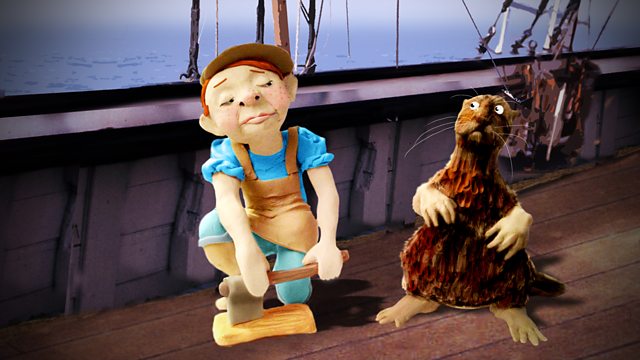 Sadly, it’s not online anymore.
Sadly, it’s not online anymore.